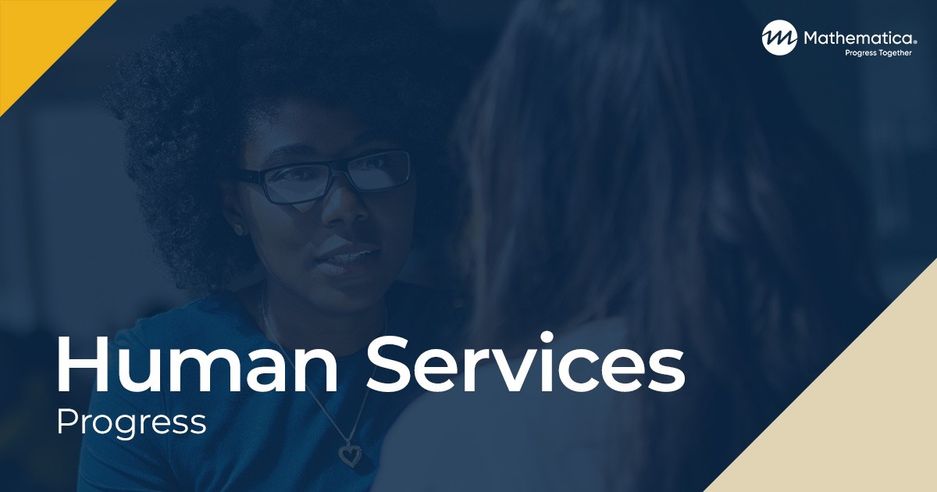Supporting Young Adults in Special Education as They Enter the Labor Market: Experiences from the Implementation of Bridges from School to Work
Download
Associated Project
Next Generation of Enhanced Employment Strategies Project (NextGen)
Prepared for:
U.S. Department of Health and Human Services, Administration for Children and Families
Clients

Key Findings
Overall, we found that Bridges was implemented as designed and cost $9,038 per participant over the typical duration of program engagement of one year. Most Bridges participants engaged meaningfully with the program, meaning they received at least one employment-related service, one service lasting more than 30 minutes, and at least one service in-person. Services were customized to individual employment needs and sustained over time. Program investments in hiring, training, and supporting ESs contributed to relatively intensive service delivery. Combined with the strong contrast between Bridges services and other employment services available to young adults in the community, these factors make the NextGen evaluation well-poised to detect impacts on employment. Expanding into new markets in the years just following the COVID-19 pandemic, however, meant that the program may prove less effective than it would have been in a steadier state. The key driver of program impacts will be service receipt in the program group relative to service receipt in the comparison group. The NextGen team will assess differences in service receipt through follow-up surveys with study participants. The first impact report, covering a nine-month follow-up period, is expected to be released in fall 2026; the second impact report, covering a 21-month follow-up period, is expected to be released in fall 2027.
This report discusses findings from a descriptive and cost study of the Bridges from School to Work (Bridges) program. The program helps young adults with disabilities find and maintain competitive employment. It is part of the Next Generation of Enhanced Employment Strategies (NextGen) Project, which seeks to rigorously evaluate employment strategies for people with low incomes and physical or mental health challenges. The NextGen Project is using a randomized controlled trial to test the effectiveness of Bridges.
The report explores the design, implementation, and cost of Bridges. The Bridges program model is based on research showing that young adults with disabilities can find and keep jobs if they have the necessary supports, and that having the opportunity to work during the secondary school years increases the likelihood of employment after youth leave school. A single point of contact, called an employment specialist (ES), uses a strengths-based approach and their professional discretion to determine the amount and mix of services that each participant needs to prepare for and sustain competitive employment. The program model also focuses on employers; it dictates that ESs develop and maintain relationships with employers and keep employers’ needs in mind when making decisions about how to prepare participants for work and match them to jobs.
Efficiency Meets Impact.
That's Progress Together.
To solve their most pressing challenges, organizations turn to Mathematica for deeply integrated expertise. We bring together subject matter and policy experts, data scientists, methodologists, and technologists who work across topics and sectors to help our partners design, improve, and scale evidence-based solutions.
Work With Us
